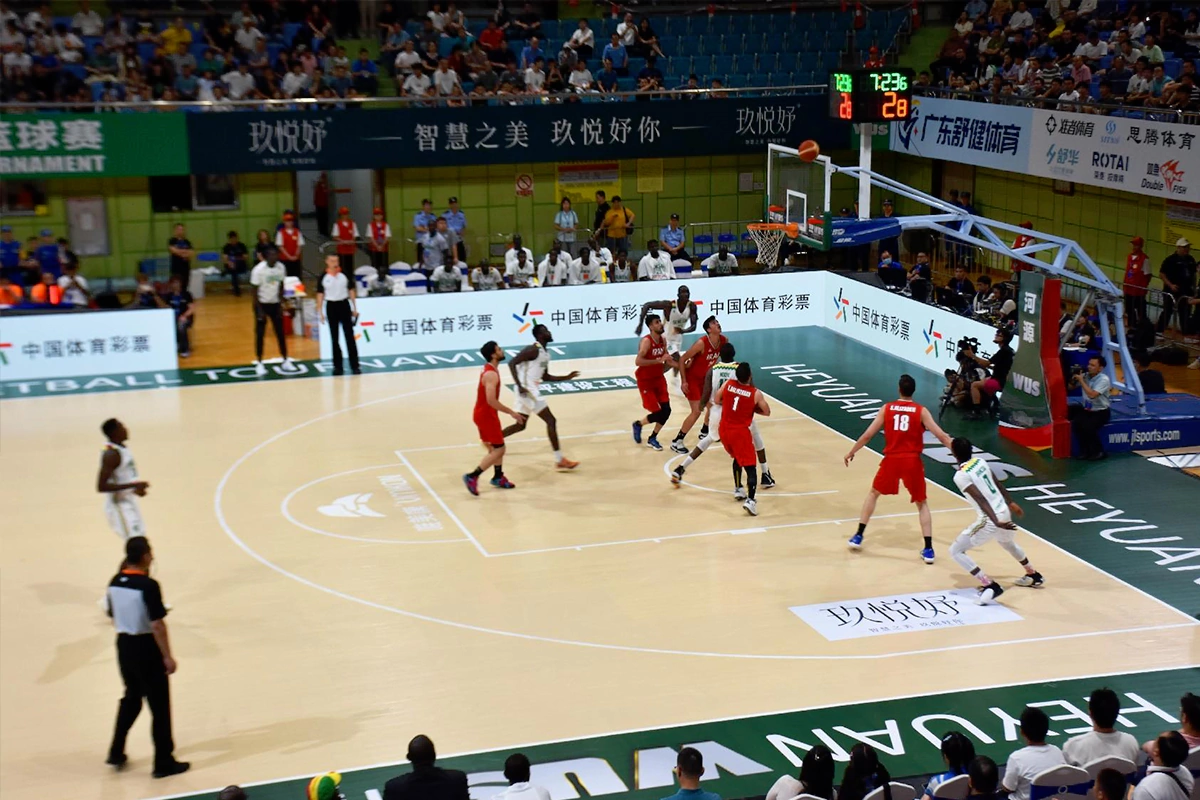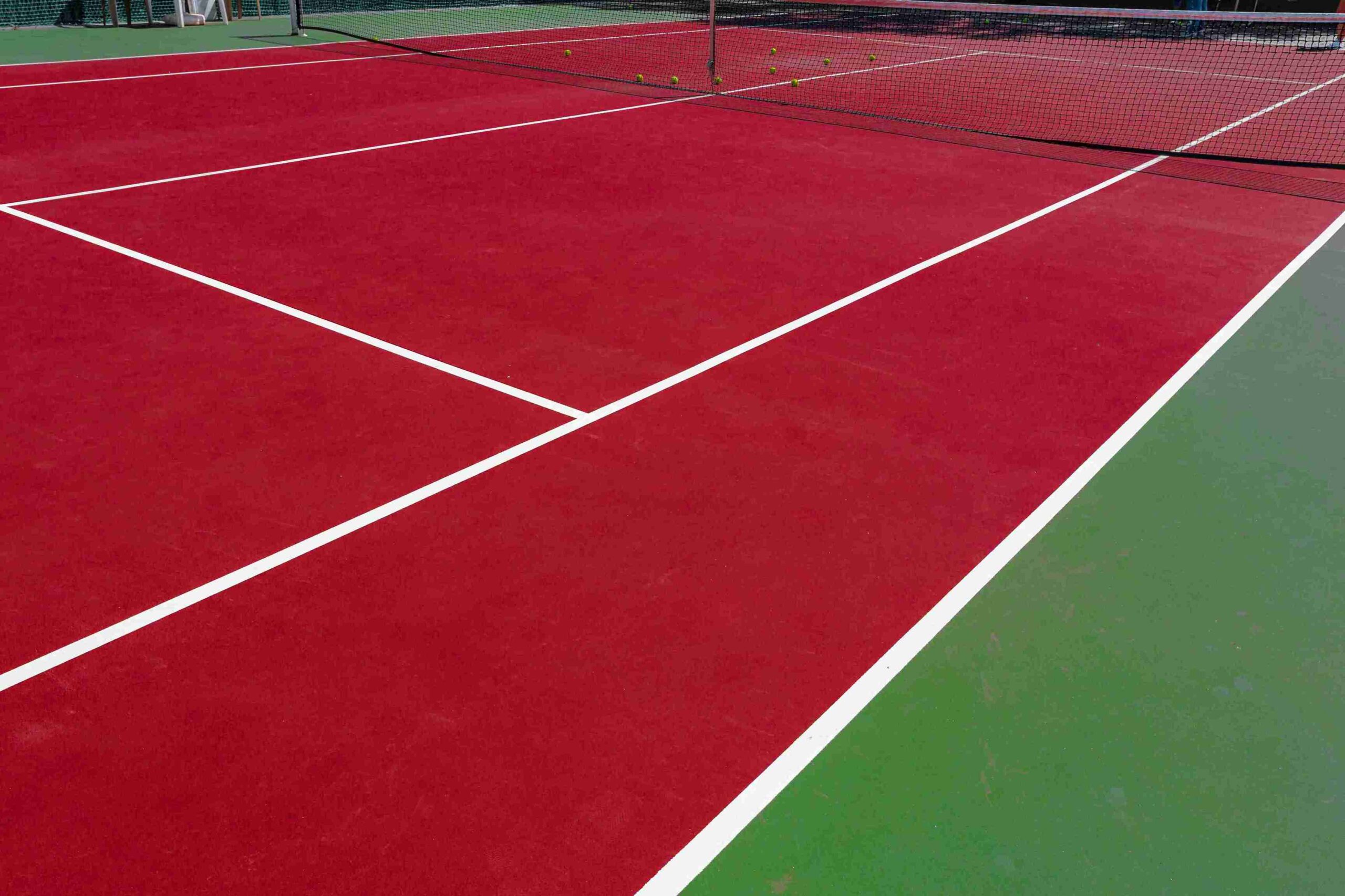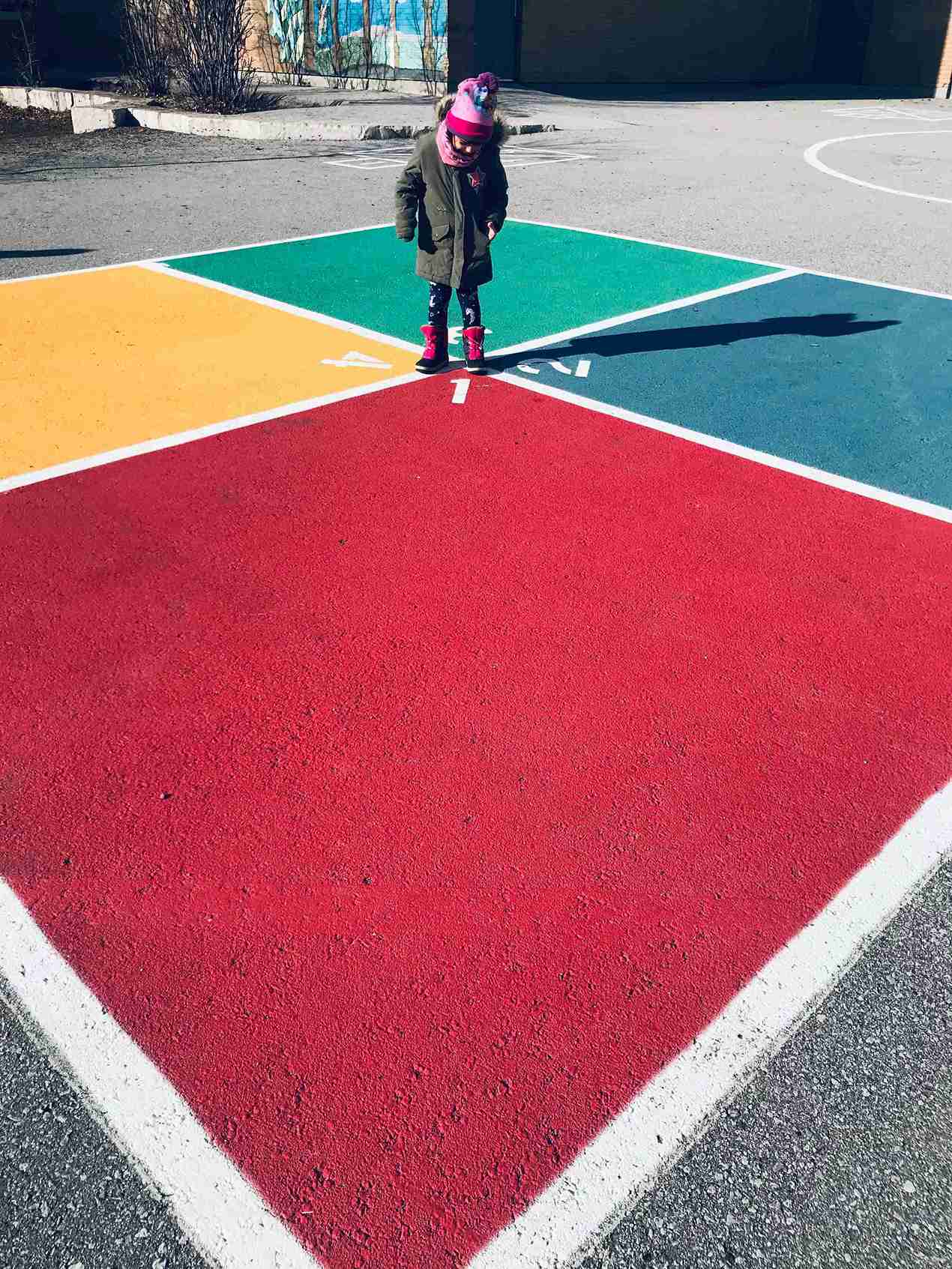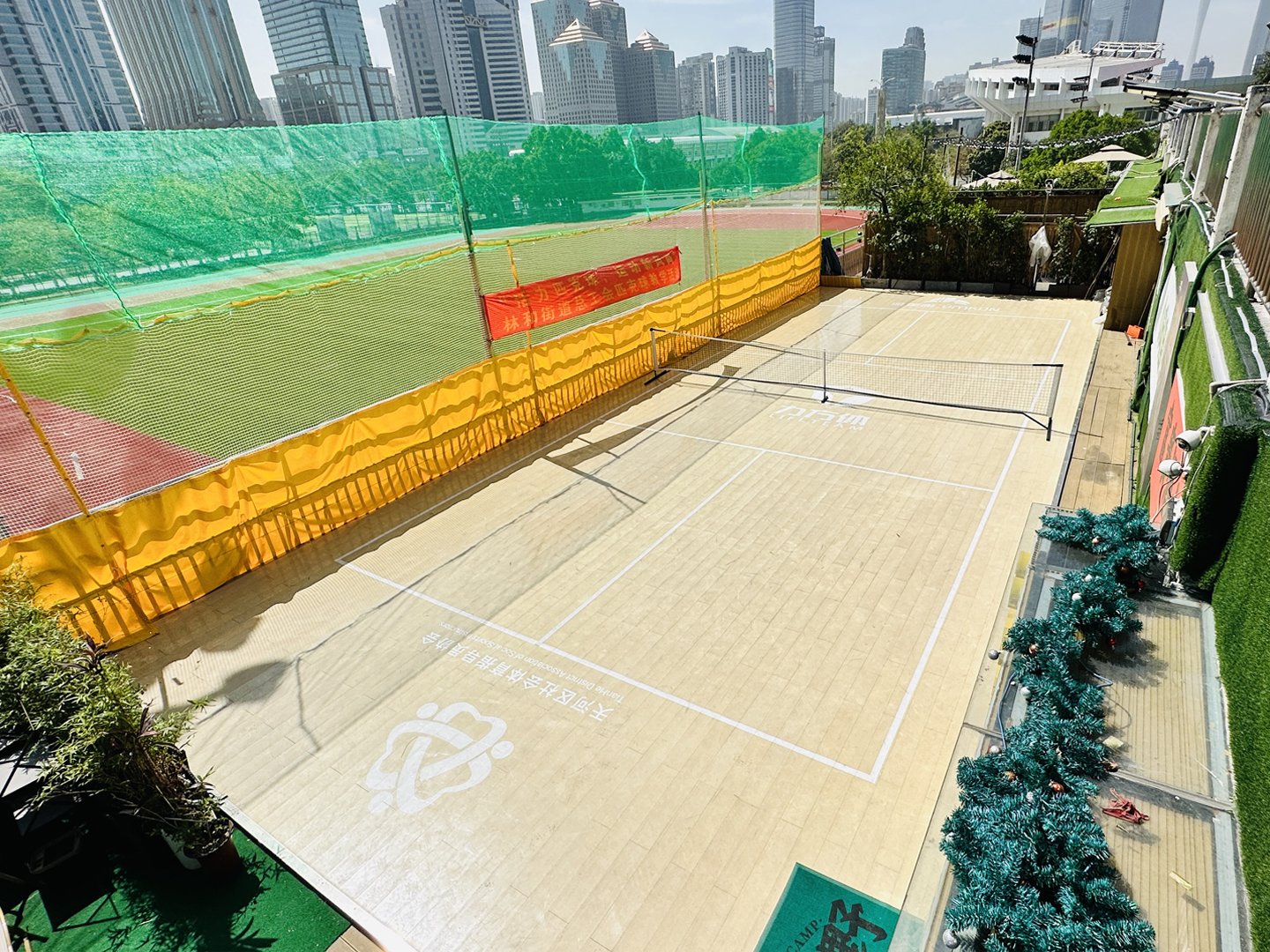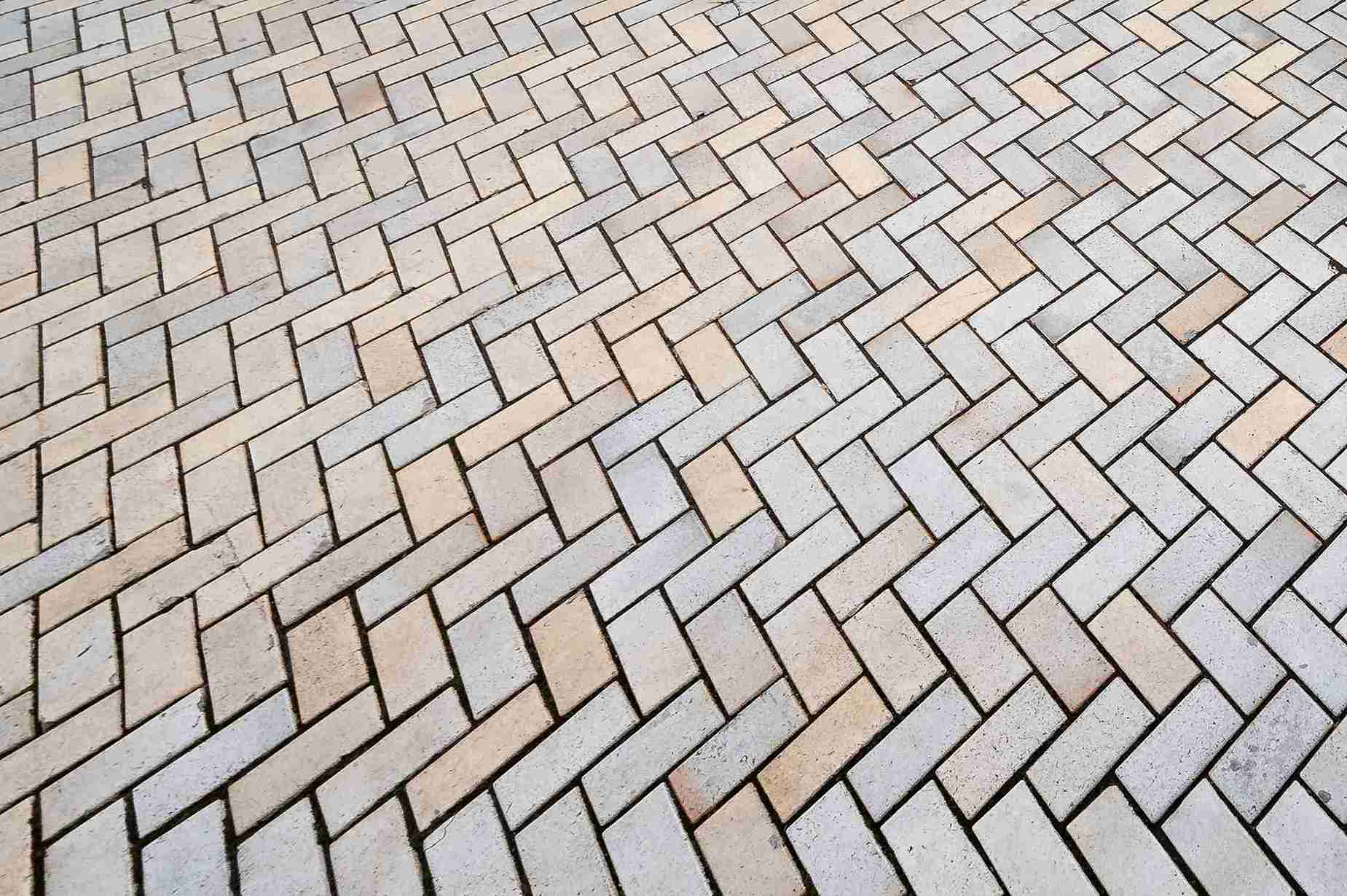“Exploring Sports Courts: Design, Construction, and Considerations” delves into the intricate world of sports court infrastructure, where form meets function in the pursuit of athletic excellence and community engagement. Sports courts are not merely playing surfaces; they are dynamic spaces designed to foster physical activity, social interaction, and competitive spirit.
This comprehensive guide explores the foundational elements of sports court design and construction, highlighting the evolution of court standards and the importance of thoughtful planning. From basketball and tennis courts to multi-purpose facilities, each type of court serves a unique purpose, tailored to accommodate specific sports and recreational activities.
By examining the complexities of court components, regulations, and maintenance practices, this exploration aims to illuminate the essential considerations that shape the development and sustainability of sports courts worldwide.
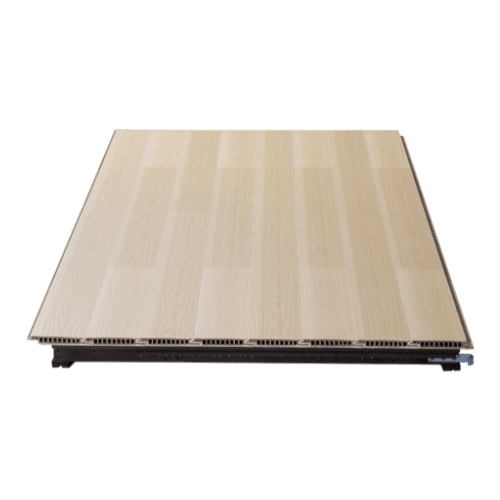

What is the Importance of Sports Courts?
Sports courts play a pivotal role in enhancing community life and promoting physical activity through structured sports and recreational opportunities. These courts serve as focal points within neighborhoods, schools, and recreational facilities, fostering a range of benefits that extend beyond athletic competition.
Why are sports courts essential for communities?
Sports courts serve as gathering places where individuals of all ages and backgrounds can come together to participate in physical activities. They promote social interaction, teamwork, and community cohesion by providing a shared space for recreation and leisure. These courts contribute to the overall well-being of communities by encouraging healthy lifestyles and offering outlets for stress relief and physical fitness.
How do sports courts contribute to physical activity?
Sports courts provide accessible venues for a variety of sports and recreational activities, encouraging individuals to engage in regular physical exercise. By offering designated spaces for activities such as basketball, tennis, volleyball, and more, these courts promote cardiovascular health, strength development, and coordination among participants.
They play a crucial role in supporting active living initiatives and combating sedentary lifestyles by providing opportunities for both organized sports leagues and informal play.
What are the Different Types of Sports Courts?
Sports courts are designed to accommodate specific sports and activities, each with unique features and purposes tailored to enhance gameplay and performance.
What are the key features of basketball courts?
Basketball courts feature a rectangular layout with hoop and backboard assemblies positioned at opposite ends. Key markings include a half-court line, three-point arc, and free-throw line. The hardwood or synthetic surface provides optimal traction for fast-paced gameplay and player maneuverability.
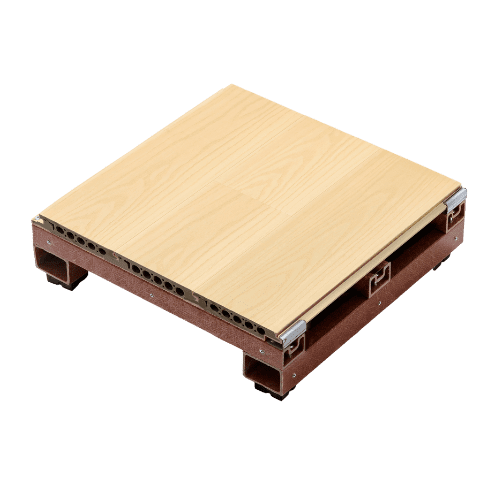

How are tennis courts different from other sports courts?
Tennis courts are characterized by their divided playing area, typically marked for singles or doubles matches. They feature a net stretched across the middle, dividing the court into service and receiving sides. The surface can vary from grass to clay or hard courts, each impacting ball bounce and player movement differently.
What makes multi-purpose courts versatile?
Multi-purpose courts are adaptable spaces designed to accommodate various sports and recreational activities within a single venue. These courts may feature adjustable net systems, interchangeable court markings, and versatile flooring materials like acrylic or rubber. They provide flexibility for communities and institutions to host a wide range of sports, from basketball and volleyball to soccer and pickleball, maximizing usage and promoting inclusivity across different age groups and skill levels.
What Components Make Up Sports Courts?
Sports courts are composed of several essential components that collectively contribute to their functionality, safety, and performance:
What are the essential markings on sports courts?
Sports courts feature specific markings and lines that define playing areas, boundaries, and scoring zones. These markings vary depending on the type of sport or activity but commonly include:
1.Boundary Lines: Mark the perimeter of the court to delineate out-of-bounds areas.
2.Center Line: Divides the court into two equal halves.
3.Three-Point Line: Indicates the perimeter from which three-point shots can be attempted in basketball.
4.Service Boxes and Lines: Found on tennis courts to designate areas for serving and receiving.
5.Key or Paint Area: Rectangular zone near the basket in basketball, used for player positioning during free throws and close-range shots.
Clear and standardized markings ensure fair play and facilitate strategic gameplay for participants across different sports and activities.


What equipment is necessary for sports courts?
Equipment on sports courts varies based on the sport being played but typically includes:
1.Hoops and Backboards: Essential for basketball courts, consisting of rims and backboards mounted at each end of the court.
2.Net Systems: Used in sports like tennis, volleyball, and badminton to divide playing areas and facilitate gameplay.
3.Balls: Specific to each sport, such as basketballs, tennis balls, volleyballs, soccer balls, etc.
4.Scoreboards: Display game scores and timing information, enhancing the spectator experience.
5.Court Maintenance Tools: Equipment for court cleaning, line marking, and surface maintenance to ensure optimal playing conditions.
These equipment items are integral to the functionality and enjoyment of sports courts, supporting competitive play, skill development, and spectator engagement.
How do surface materials affect sports court performance?
Surface materials significantly impact the performance and safety of sports courts:
1.Hardwood: Commonly used for indoor basketball courts, providing excellent traction and ball bounce.
2.Synthetic Surfaces: Offer durability and versatility for both indoor and outdoor courts, suitable for various sports.
3.Grass: Used for outdoor tennis courts and soccer fields, influencing ball bounce and player movement.
4.Clay or Clay-like Surfaces: Found in tennis courts, impacting ball speed and bounce characteristics.
Surface materials affect factors such as ball response, player comfort, and injury prevention. Choosing the appropriate surface material based on sports requirements, climate conditions, and maintenance considerations is crucial for optimizing sports court performance and longevity.
Understanding the components that makeup sports courts, including markings, equipment, and surface materials, provides insights into their design and functionality across different sports and recreational activities. These components ensure that sports courts meet standards for fair play, safety, and enjoyment, contributing to positive experiences for athletes, spectators, and communities alike.
How Should Sports Courts Be Designed and Constructed?
Designing and constructing sports courts involves integrating various considerations to ensure functionality, safety, and sustainability for participants and the environment alike.
What considerations are important for lighting sports courts?
Effective lighting is crucial for sports courts to facilitate safe and enjoyable gameplay, especially during evening hours or in indoor settings:
1.Uniform Illumination: Ensure even distribution of light across the entire court to minimize shadows and ensure visibility.
2.Lighting Levels: Adequate lighting intensity for players to see clearly and react swiftly during fast-paced activities.
3.Glare Reduction: Position light fixtures to minimize glare for players and spectators, enhancing visual comfort.
4.Energy Efficiency: Opt for energy-efficient lighting solutions such as LED technology to reduce operational costs and environmental impact.
Careful planning of lighting design enhances the overall user experience and supports extended hours of use for sports courts.
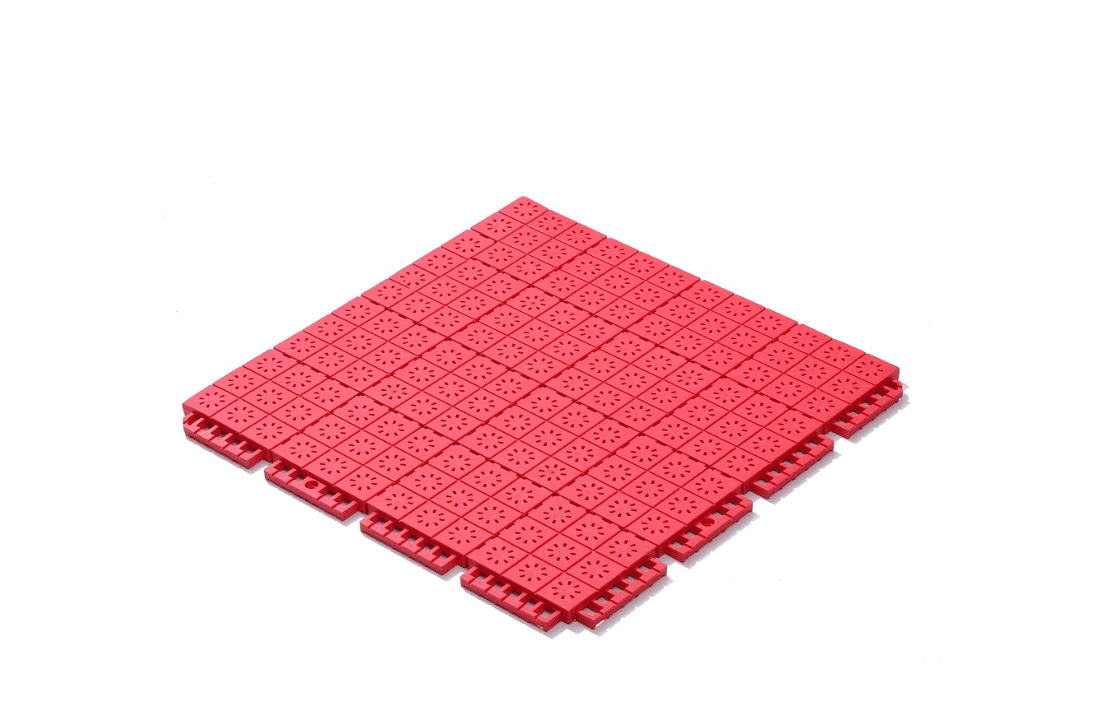

What safety features should be incorporated into sports courts?
Safety features are essential to mitigate risks and ensure a secure environment for participants:
1.Surface Quality: Choose durable and non-slip materials to prevent injuries from falls and ensure stable footing.
2.Boundary Markings: Clearly define court boundaries and hazards with visible markings to prevent collisions.
3.Padding and Cushioning: Install protective padding on posts, walls, or obstacles to reduce the impact of collisions.
4.Emergency Equipment: Provide accessible first aid kits and emergency contact information for rapid response to injuries.
Incorporating these safety measures promotes player confidence and reduces the likelihood of accidents during sports activities.
How can sports courts be designed to be environmentally sustainable?
Promoting sustainability in sports court design contributes to resource conservation and environmental stewardship:
1.Material Selection: Use eco-friendly and recycled materials for court surfaces, equipment, and amenities.
2.Water Management: Implement efficient water drainage systems to minimize runoff and preserve local water resources.
3.Energy-Efficient Lighting: Install LED or solar-powered lighting systems to reduce energy consumption and carbon footprint.
4.Native Landscaping: Incorporate native plants and landscaping practices that require minimal irrigation and maintenance.
Designing sports courts with sustainability in mind supports long-term environmental health while demonstrating social responsibility within the community.
By integrating considerations for lighting, safety, and sustainability into the design and construction of sports courts, stakeholders can create inclusive and resilient spaces that promote physical activity, enhance safety, and minimize environmental impact. These practices ensure that sports courts not only meet current standards but also contribute positively to the well-being of communities and the planet.
Conclusion
Designing and maintaining sports courts requires meticulous planning, incorporating factors such as lighting, safety features, and environmental sustainability to ensure optimal performance and longevity. Whether you’re looking to enhance an existing court or construct a new facility, the expertise and dedication of VMKON are here to assist. With a commitment to quality craftsmanship and client satisfaction, VMKON offers comprehensive solutions tailored to meet your specific needs.
Contact us today to discuss your project and receive a competitive quote. Together, we can create sports courts that elevate athletic experiences and enrich communities for years to come.

